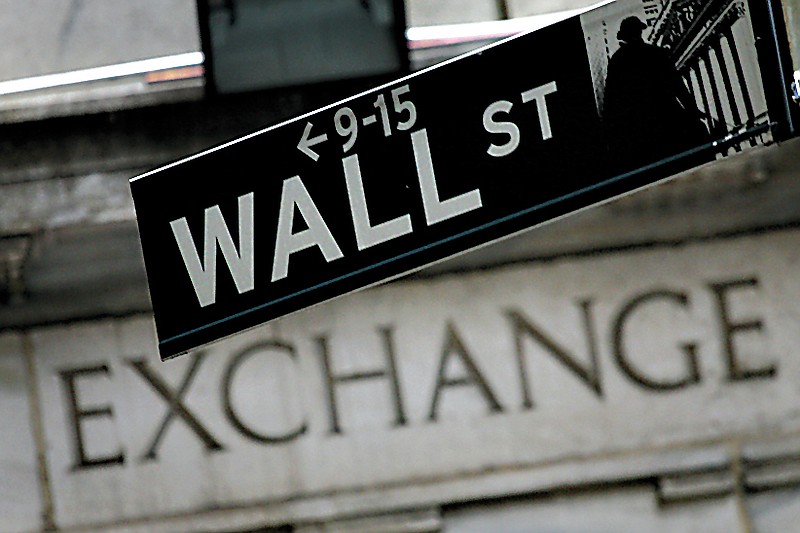NEW YORK — U.S. stocks are drifting Wednesday and hovering near the edge of a new bull market for Wall Street.
The S&P 500 was 0.2% lower in afternoon trading after giving up an earlier gain that had it above the 4,292.44 level. If it finishes the day there, the U.S. stock market’s main measure of health would be 20% above where it was in mid-October. That in turn would mean the end to its painful bear market, which began in early 2022.
The Dow Jones Industrial Average was up 37 points, or 0.1%, at 33,611, as of 12:11 p.m. Eastern time, while the Nasdaq composite was 0.6% lower.
Brown Forman rose 3.5% after the spirits company reported stronger profit for the latest quarter, thanks in part to growth for its Woodford Reserve brand. Also on the winning side was Dave & Buster’s, which jumped 20.5% after reporting stronger profit for the latest quarter than expected.
Campbell Soup, meanwhile, sank 7% after reporting weaker revenue for the latest quarter than expected. It also gave a forecast for earnings for its full fiscal year that fell short of analysts’ expectations, as price increases push some customers to buy less.
The market in general has climbed for months thanks to a resilient economy that’s managed to defy predictions for a recession, along with soaring performances for a handful of big technology companies. Even if it does graduate from a bear market into a new bull, though, many challenges remain.
Chief among them is the question that has vexed Wall Street from the start. Which will come first: a recession or inflation falling enough to get the Federal Reserve to cut interest rates?
That’s why much of Wall Street’s focus is on next week. The U.S. government is scheduled to release the latest monthly updates on inflation at the consumer and wholesale levels. The Federal Reserve will also hold its next meeting on interest rates.
The dominant expectation among traders is for the Fed to leave rates steady next week. That would mark the first meeting in more than a year where it hasn’t hiked rates. But traders still expect the Fed to resume raising rates in July.
That’s key because the goal of high interest rates is to corral high inflation by slowing the entire economy and hurting prices for stocks, bonds and other investments. The Fed has hiked its benchmark overnight interest rate to the highest level since 2007.
Pressure from high rates have already caused cracks in the U.S. banking and manufacturing industries, though the job market has remained remarkably solid.
Even though the S&P 500 is near a bull market, nearly as many stocks within it are down for 2023 so far as up.
One expected boost to the global economy has not come through, which has added to the pressure. In China, trade data pointed to a further slowing of the world's second-largest economy.
China reported its exports fell 7.5% from a year earlier in May and imports were down 4.5%, adding to signs of a slowing of its economic recovery following the lifting in December of anti-COVID controls that disrupted travel and commerce.
The decline in exports was the first year-on-year drop in in three months, with export volumes falling below their levels at the start of the year. “And with the worst yet to come for many developed economies, we think exports will decline further before bottoming out later this year,” Julian Evans-Pritchard of Capital Economics said in a commentary.
Stocks in Shanghai gained 0.1%, while Hong Kong's Hang Seng rose 0.8%.
Tokyo’s Nikkei 225 index lost 1.8%, the sharpest decline in 12 weeks. Analysts said investors were selling to lock in recent gains since prices have risen to their highest level since the early 1990s.
In Europe, stock indexes were mixed.
In the bond market, the yield on the 10-year Treasury rose to 3.78% from 3.68% late Tuesday. It helps set rates for mortgages and other important loans.
The two-year yield, which moves more on expectations for the Fed, rose to 4.60% from 4.50%.
